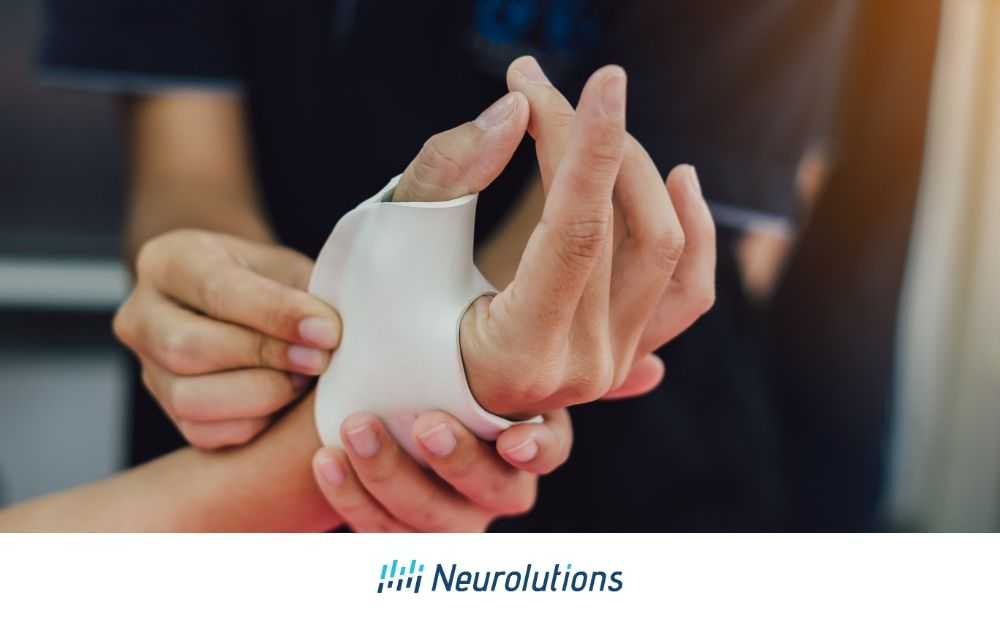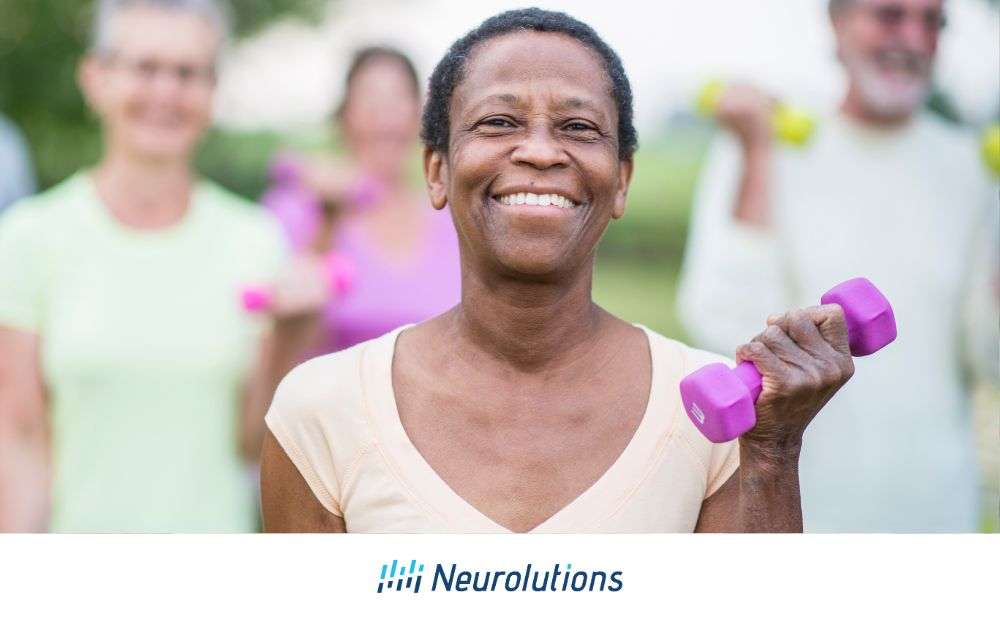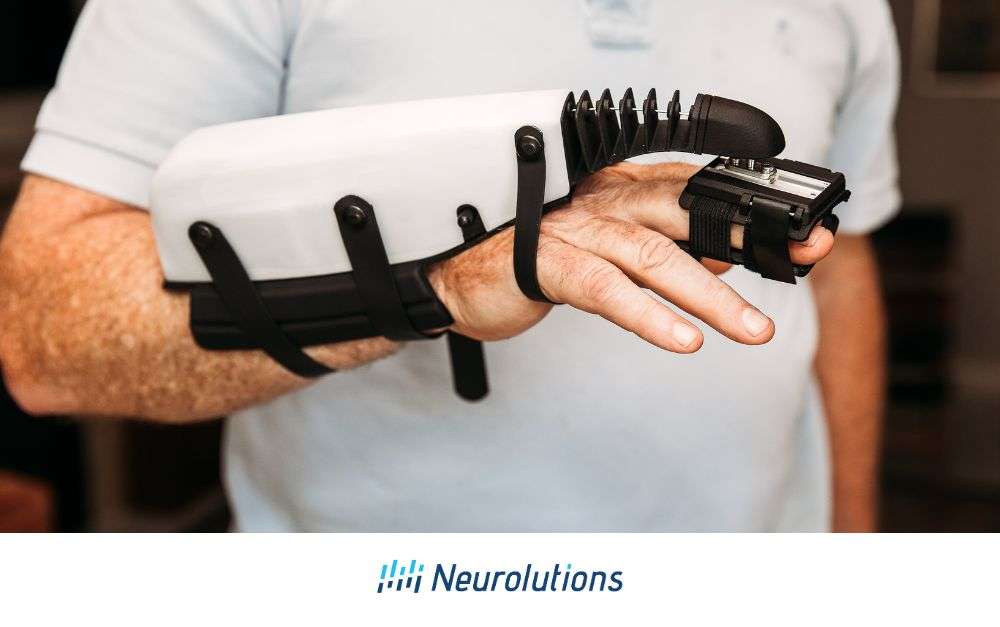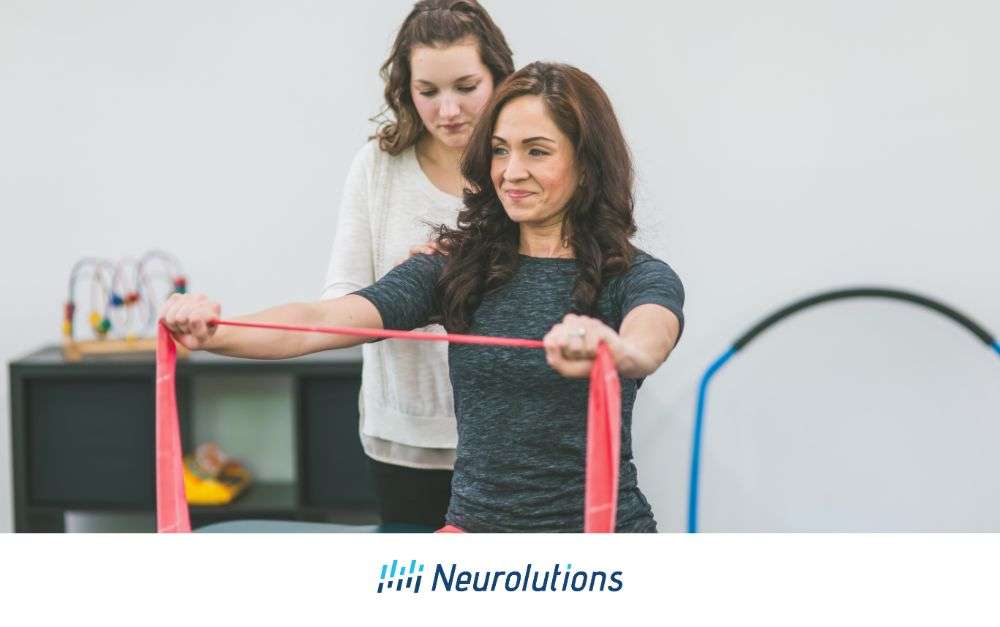Why Do Your Hands Get Weak After a Stroke?
When you have a stroke, it interrupts the blood supply to your brain. This can lead to a number of complications such as weakness, numbness, and paralysis. Sometimes these symptoms affect one of your hands and make it difficult for you to use it properly.
The effects of a stroke depend on where the blockage occurs in the brain and how severely it affects the brain tissue. The most common type of stroke is called an Ischemic stroke which is caused by a blocked artery (usually from a clot). This type can be either minor or major depending on how long it takes to seek medical help, and how much tissue is affected.
Strokes most often affect one side of your body or one part of your body, such as your hand or arm.
What Is Good for Hand Rehabilitation After Stroke?
Many people who have had a stroke experience weakness in one hand, both hands, or legs. Weakness occurs due to damage or occlusion in an area of the brain that controls muscles. The signals between the brain and the muscles have become weakened or lost, most notably if the motor cortex is damaged or involved. Sometimes it can be helpful to think about the brain as a freeway with cars passing quickly on a highway; however, after a stroke, there is now a traffic jam where previously cars were passing freely in essence this “traffic jam” disrupts the signals from firing from the brain to make the muscles work.
This can be incredibly frustrating and confusing when this “traffic jam” now causes arm weakness. It can be difficult to find the best way to address hand weakness as it can be very difficult to more your hard after you have had a stroke.
Sometimes, especially if the weakness caused by the stroke is on the more mild side, you may not receive formal guidance on how best to address the weakness such as beginning traditional physical or occupational therapy. If the weakness is much more extensive, most likely you will be referred to acute care therapy, inpatient therapy, or outpatient therapy where the upper extremity can be addressed. Although it is optimal to have the guidance of a trained neurorehabilitation professional, it is very critical to your recovery to address the weakness no matter the degree of your weakness.
Have you considered IpsiHand?
At-Home Therapy Devices for Stroke Survivors
As a stroke survivor, the process of getting your hand back in use can be tough and intimidating. Fortunately, there are now some at-home therapy gadgets that assist people to enhance their ability to function with their hands as well as their motor skills. These remedies made exclusively for recovering from strokes will help you diminish your rehab time and move on towards restoring movement in your hands. To make an educated choice about which alternative is most beneficial for enhancing therapies for your hands, it is essential to recognize how these devices operate plus what kinds exist. Doing this will offer you good insight into picking up the best option available out there!
Hand Exercisers for Strengthening and Range of Motion
- Hand Grippers
- Finger Extensors
- Theraputty
- Thera-Band
- Use of familiar objects such as metronomes, pennies, marbles hand household items to practice high repetition movements
Hand Rehabilitation Systems
- The Neurolutions IpsiHand System
- The Neofect SmartGlove
- The Bioness H200 Hand System
- Saebo hand products
- And many, many, many more additional products which may fit your needs
How to Choose Which At-Home Therapy Device Fits Your Needs?
All stroke survivors have different needs to at-home devices based on many factors such as level of arm impairment, level of functional impairment, level of mobility independence, help at home, home setup/living situation, and price. It is important to note that most robotic post-stroke tools for use at home, although FDA-approved, are usually not covered by insurance as this coverage can take years or even decades to get approval.
With this being said, the best “bang for your buck” may be the Neurolutions IpsiHand system. This is because it aims to intervene at the level of the stroke and not the hand. All robotic systems aim to “fix the hand”. The downside of therapy, however, is that the hand is not broken. It is the brain that has been affected during the stroke. Most robotics move the affected limb passively, therefore when you remove the robotic, there is no functional carryover. In contrast, the Neurolutions IpsiHand uses brain-computer interface technology which may help to “rewire” the brain after consistently developing new motor pathways in the brain which can then translate to the improved functional use of the arm. The brain is what is rehabbing and working, therefore after use of the device at the recommended dosage, gains are not lost, only improved upon.
Other devices are also available for the lower extremity and speech recovery as well such as electric stimulation for the leg or vocal cords. Please speak with your physician or speech therapist on guidance on what is best for each survivor.
Getting Stuck During Stroke Recovery – Say NO to Plateau
Historically, rehabilitation professionals thought that recovery of the hand stopped at 6 months following a stroke, presently research demonstrates motor recovery can be continued for up to 20 years following the onset of the stroke through the use of functional movement and exercises.
Improve Your Hand, by Using Your Hand
This speaks to the importance of continually trying new things to address hand weakness over time, the most important thing you can do no matter the extent of your weakness or tone, it is imperative to USE, USE, USE your hand as much as you can.
High Repetition is Key
It is also very important to use your hand in high-repetition circumstances, such as flipping over cards or stacking plastic cups. The more the better. The brain will learn by repeated trial and error over time how to be more efficient. It will also lock in a “motor memory” of hand movement. This means that the individual will not have to think as hard about how to do the movement and it will become more automatic. Hence, repetition helps refine skills and makes movement easier.
Challenge to Change
Repetition is one of the principles of neuroplasticity but it is challenging. These two agents of change go hand-in-hand. Once the brain has learned how to do something very well from doing it over again, the learning curve drops. This can be a good thing for learning, but it is then time to advance to the next level by leveraging additional challenges. Make it harder- but not impossible. Find the “sweet spot” level of difficulty for your hand. It is recognized among rehabilitation experts that once 7 of 10 trials are done successfully, it is time to make it harder. For example, if your hand can now successfully pick up 8 of 10 wide markers without dropping, challenge yourself by doing it faster (e.g. speed challenge), picking up thin pencils (e.g. motor challenge), or adding a weight cuff around the wrist (e.g. resistance challenge). There are many ways to change the dial on the difficulty level using a little creativity and critical thinking about normal scenarios that your hand would do before the stroke.
Function After a Stroke Paves the Way to Progress
No matter how much movement you have, research shows that you should continue to attempt to integrate the use of your weak hand into all functional activities. Give your hand a job in every task you do. Even a very weak hand can be useful for certain tasks, such as stabilizing a towel while a strong hand folds the corners together.
Range of motion and resistance training is beneficial, but brain recovery thrives the most on trying to do tasks that have a functional purpose and are internally motivating to the individual. The brain recognizes familiar movements better than rote exercises, but the best outcomes are from the combined use of exercises and the functional use of the hand. Therefore, good rehabilitation programs should incorporate both traditional exercises and functional retraining of real-world tasks.
“Failing” Leads to Success – Don’t Give Up
Trying to use a weak or clumsy hand can be very frustrating because it will not look or feel normal. Research shows it doesn’t matter how “pretty” the movement is- it just matters that you are trying to use it. Just as a basketball player will miss more shots than the player makes, you too will also make many errors. As long as trying something even though you know you might “fail” does not affect your safety, try…and try again. The stroke survivors who are the most successful in their rehabilitation efforts are usually the ones who adjust to being comfortable to make mistakes. Develop a mindset that celebrates perseverance rather than perfection.
Stroke activities and exercises examples:
- Active range of motion (good for spasticity and low tone)
- Passive range of motion (good for spasticity and low tone)
- Stretching and prolonged low load stretching (best for spasticity)
The above exercises can also be paired with the following rehabilitation techniques and technologies such as:
- Electrical stimulation (best for low tone)
- Vibration (best for low tone)
- Orthotics and splints (good for spasticity and low tone)
- Mirror therapy (good for spasticity and low tone)
- Graded motor imagery (good for spasticity and low tone)
- Brain-computer interface (good for spasticity and low tone)
Additionally, some stroke survivors have pain associated with tightness or spasticity which can interfere with the functional use of the hand, increasing weakness. Techniques with pain can include active and passive range of motion, stretching, the use of splints, moist heat, and even ice.
Many stroke survivors benefit from both guidance and the use of stroke recovery technologies to address weakness in the hand. Ask your doctor or caseworker for assistance to guide you to therapy that specializes in both stroke and advanced technology to treat stroke symptoms. There are also multiple free resources that can help guide recovery. Please explore stroke.org/ for more resources.
The Benefits of Using At-Home Therapy Devices for Stroke Survivors
The benefits of using an at-home therapy device for stroke survivors can be absolutely crucial in recovery. Acceleration of advancement of upper extremity neurorehabilitation technologies has greatly expanded making this type of therapy more readily available in the home. This is especially pertinent since the onset of COVID and the adjustment to telehealth and at-home monitoring.
New advances are continuing to come at great speeds, as populations around the world grow older and people with disabilities are living longer with chronic conditions. This is especially important when paired with a decreased length of inpatient and outpatient stays for rehabilitation following the onset of initial and subsequent strokes. Research shows us that a combination of an aging population with chronic disabilities paired with decreased in-person treatment sessions is the main reason to look for an at-home therapy device for the upper extremity following a stroke in order to optimize recovery with the now understood decreased in-person visits for therapy survivors are allocated on a year to year basis. An at-home robotics program would allow the stroke survivor to continue therapy even if not able to attend traditional therapy due to financial, transportation, or insurance restrictions. Even if stroke survivors are able to attend therapy at a high frequency outside of the knowledge, research shows the more and more repetitions of movement which can be completed following a stroke, the better for recovery. Therefore, pairing traditional therapy with an at-home recovery device may be the best of both worlds!




